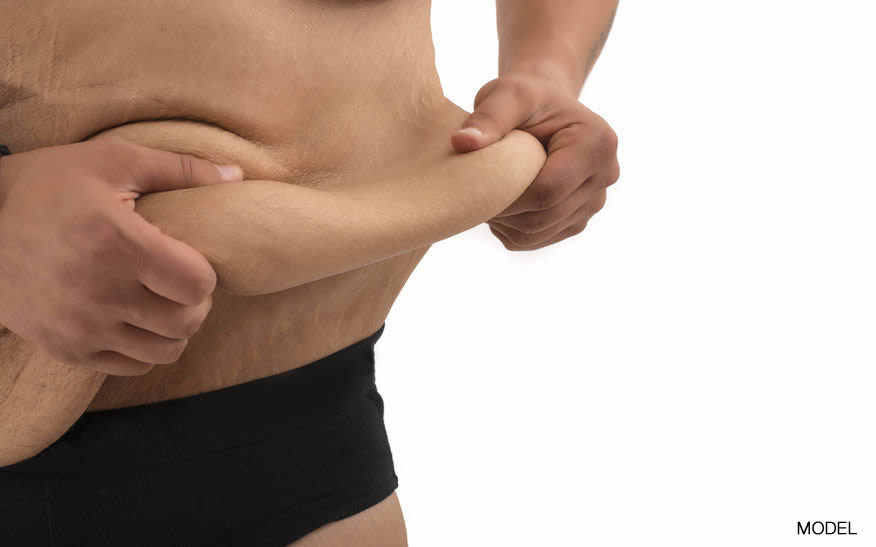Introduction:
Asian rhinoplasty has seen significant advancements in recent years, offering patients enhanced facial harmony and improved self-confidence. One crucial aspect to consider when undergoing rhinoplasty is the choice of implant material. This article will delve into the latest trends in Asian rhinoplasty, with a specific emphasis on the safety profiles of three commonly used implant materials: silicone, Gore-Tex, and autologous rib cartilage.
Silicone Implants:
Silicone implants have been widely used in Asian rhinoplasty for decades. They offer versatility in achieving desired nasal contours and shapes, making them a popular choice among patients. The implants are inserted through small incisions and positioned to enhance the nasal structure. However, concerns have been raised regarding their safety profile. Silicone implants have been associated with complications such as implant displacement, infection, and extrusion. Furthermore, long-term effects and potential risks, including tissue thinning and scarring, remain areas of ongoing research.
Gore-Tex Implants:
Gore-Tex, a synthetic material made from expanded polytetrafluoroethylene (ePTFE), has gained popularity in Asian rhinoplasty due to its biocompatibility and malleability. Gore-Tex implants provide a stable framework and can be easily shaped to achieve desired nasal aesthetics. They also offer a reduced risk of infection compared to silicone implants. However, there have been rare reports of implant-related complications such as infection, extrusion, and implant visibility. While the safety profile of Gore-Tex implants is generally favorable, it is essential to consider individual patient factors and potential risks before making a final decision.
Autologous Rib Cartilage:
Autologous rib cartilage, harvested from the patient’s own rib, has gained popularity as a natural and safe alternative for Asian rhinoplasty. This approach eliminates concerns related to implant-related complications and long-term effects. The surgeon sculpts the harvested rib cartilage to create a custom-fit implant, offering precise control over the nasal shape and structure. Although this technique requires an additional incision and may involve a longer recovery period, it provides a more natural-looking result. However, it is important to note that the availability of sufficient rib cartilage and the potential for post-operative warping should be considered when choosing this option.
Conclusion:
As trends in Asian rhinoplasty continue to evolve, the safety profile of implant materials remains a crucial consideration. Silicone implants, although widely used, have raised concerns due to associated complications. Gore-Tex implants offer improved biocompatibility, while autologous rib cartilage provides a natural and safe alternative. Ultimately, the choice of implant material should be made in consultation with a qualified plastic surgeon, considering individual patient factors and desired outcomes, to ensure the safest and most successful rhinoplasty experience.
About Dr. Faisal Ameer:
Dr. Faisal Ameer is a renowned expert in the field of rhinoplasty, with a special focus on Asian rhinoplasty. With extensive training and experience, Dr. Ameer has established a reputation for delivering natural and transformative results. Based in Dubai, UAE, as a trusted plastic surgeon, he combines technical precision with a patient-centered approach to provide exceptional care and aesthetic outcomes.






